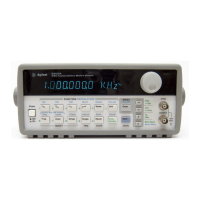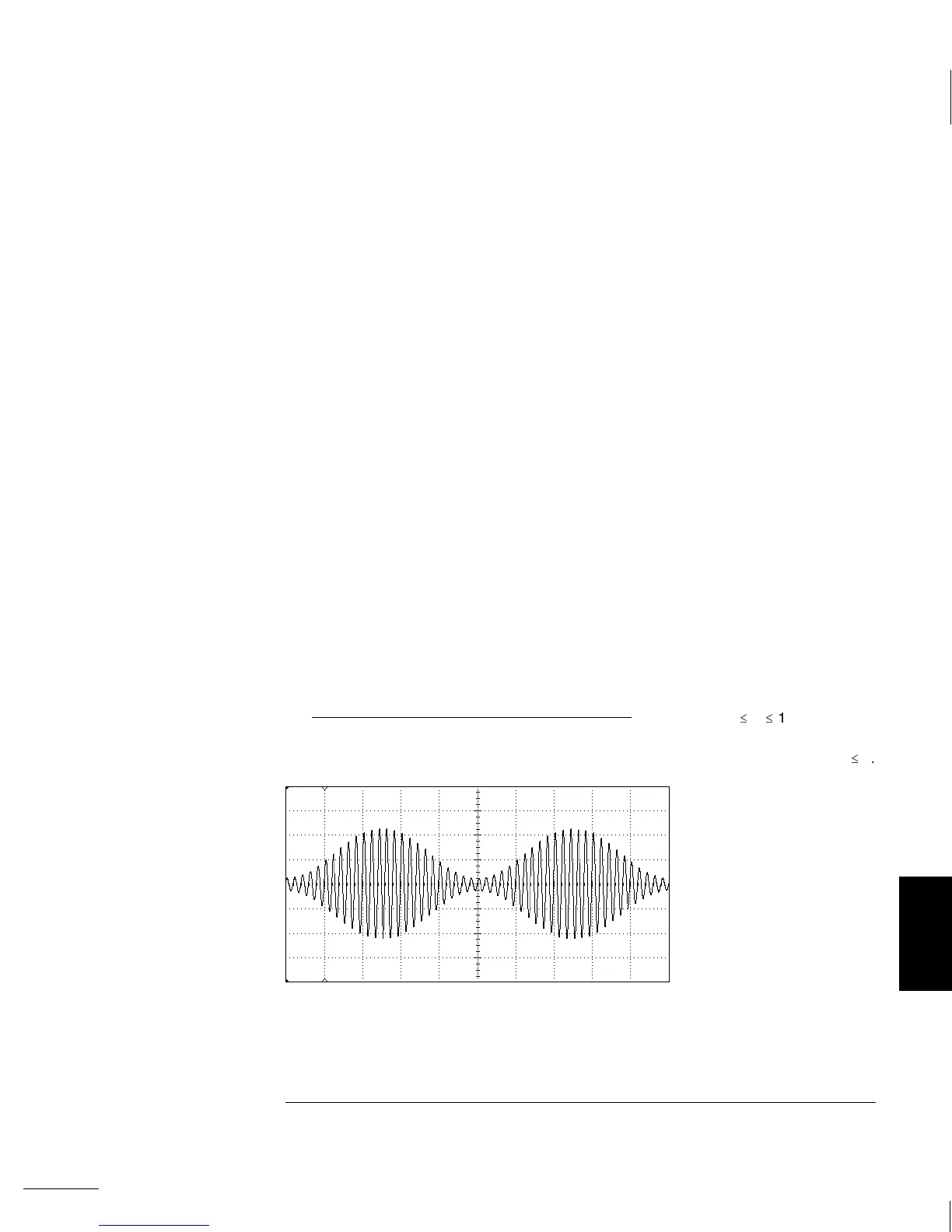Modulation
Modulation is the process of combining a high-frequency carrier signal
and a low-frequency information signal. How these signals are combined
is determined by the specific type of modulation used. The two most
common types of modulation are amplitude modulation (AM) and
frequency modulation (FM). The information signal that modulates
(or varies) the carrier waveform can be of any form — sine wave, square
wave, arbitrary wave, or random noise. In general, the carrier signal
may also be of any shape, but it is usually a sine wave of constant
amplitude and frequency for most communications systems. During
modulation, the simple carrier waveform is converted into a complex
waveform by the lower-frequency information signal. Generally, the
higher-frequency carrier waveform is used to efficiently transmit the
complex modulated signal over long distances.
Amplitude Modulation (AM) Amplitude Modulation is a process of
producing a waveform whose amplitude varies as a function of the
instantaneous amplitude of the modulating information signal. In other
words, the information signal creates an amplitude “envelope” around
the carrier signal. The 33120A implements “double sideband transmitted
carrier” amplitude modulation similar to a typical
AM radio station.
A constant is added to the
AM modulating signal so that the sum is
always greater than zero (for <100% modulation) as this equation shows:
( 1 + D x Am (t) ) x sin ( 2 p x Fc x t )
2
An AM waveform with 80% modulation depth. The carrier waveform
is a 5 kHz sine wave and the modulating waveform is a 200 Hz sine wave.
“D” is the modulation depth
(0
D
1.2).
“Am” is the modulating signal
with peak amplitude
1.
“Fc” is the carrier frequency.
7
Chapter 7 Tutorial
Modulation
287

